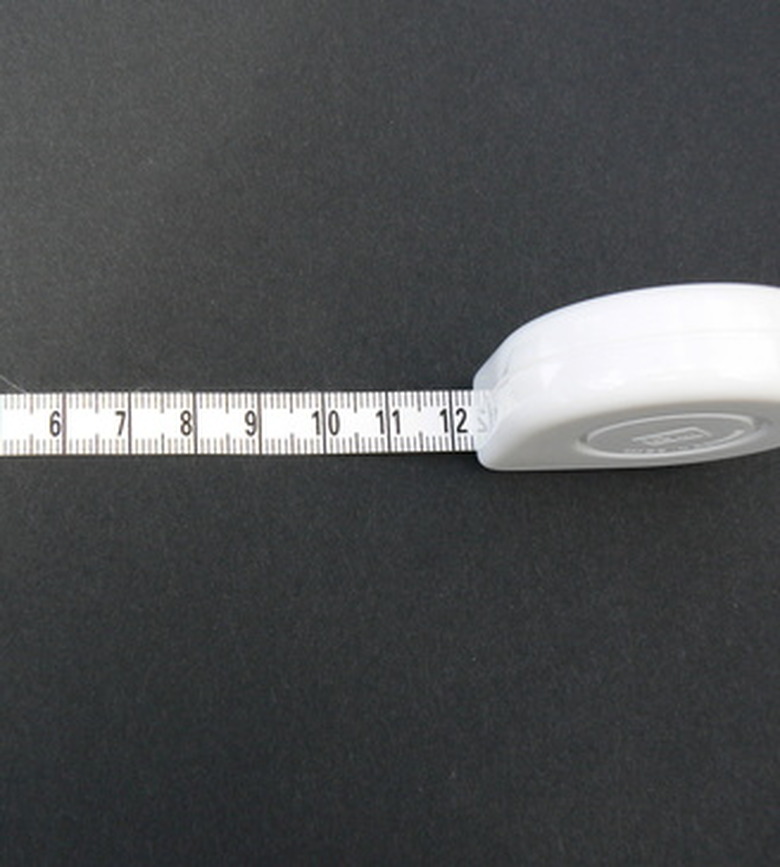How To Make A Bottle Tree Out Of Rebar
Bottle trees have a vivid past that intertwines cultures and beliefs from Africa and the southern United States. The original purpose of bottle trees was to capture evil spirits inside the glass. Today, bottle trees are viewed more as landscape art than spirit traps. A bottle tree must have a trunk, which can be a fence post or a dead tree. Branches of the bottle tree can be made from branches left on the tree or made from a material such as rebar. Regardless of what the branches are made of, make sure they are strong enough to hold the weight of the bottles.
Step 1
Select a 6-foot-tall dead tree in the yard as the trunk for the bottle tree.
- Bottle trees have a vivid past that intertwines cultures and beliefs from Africa and the southern United States.
- Branches of the bottle tree can be made from branches left on the tree or made from a material such as rebar.
Step 2
Remove all of the branches using a chainsaw and pruning shears. Drill one 7/16-inch hole 2 inches deep in the top of the tree.
Step 3
Starting on the north side of the tree, drill nine holes 8 inches apart and 2 inches deep, at a 45-degree angle going up the tree.
Step 4
Continue to drill holes on the other sides of the tree. When completed, push rebar into each hole.
Step 5
Slide wine bottles over each rebar branch in your chosen pattern.
Make An Outdoor Wine Bottle Tree
Collect wine bottles in the color or colors you want for your wine bottle tree. Soak the labels off the empty wine bottles in hot, soapy water. Rinse and dry them completely. Dig a hole 12 inches in diameter and 24 inches deep in your yard with a posthole digger in a spot where the wine bottle tree will get direct sunlight. Stand a heavy wooden post in the middle of the hole. Use a post that is pressure treated or naturally resistant to rot, and is tall enough to extend out of the ground about 6 feet, or to the height you desire. Drill pilot holes in all sides of the post at a downward 45-degree angle at least 6 inches apart and 1 and ½ inches deep. Make the hole pattern symmetrical or not, depending on the pattern you want to hang the wine bottles.
- Remove all of the branches using a chainsaw and pruning shears.
- Dig a hole 12 inches in diameter and 24 inches deep in your yard with a posthole digger in a spot where the wine bottle tree will get direct sunlight.
Things Needed
- 6-foot dead tree
- Chainsaw
- Pruning shears
- Drill with 7/16-inch drill bit
- Measuring tape
- 36 pieces of 15-inch rebar, 3/8-inch diameter
Tip
Use bottles in different colors for an informal look, or choose bottles in the same color for a more formal display. Different types of bottles can be used for this tree. Examples of bottle types include beer bottles, vinegar bottles, colored water bottles and perfume bottles. For a more natural look, use rebar in different sizes and lengths. This will allow different types of bottles to be displayed on the same tree.
References
- University of Florida: Bottle Trees
- Articles from the 1997 Festival of American Folklife Program Book
- University of Arkansas Cooperative Extension Service: Plant of the Week: Bottle Tree
- University of Arkansas Division of Agriculture: Plant of the Week Bottle Tree
- FelderRushing.net: Bottle Tree History
- Pam Penick's Digging: Build a Bottle Tree and Watch It Bloom Year Round
- Cats Meow Daylily Garden: Directions for Creating a Bottle Tree
